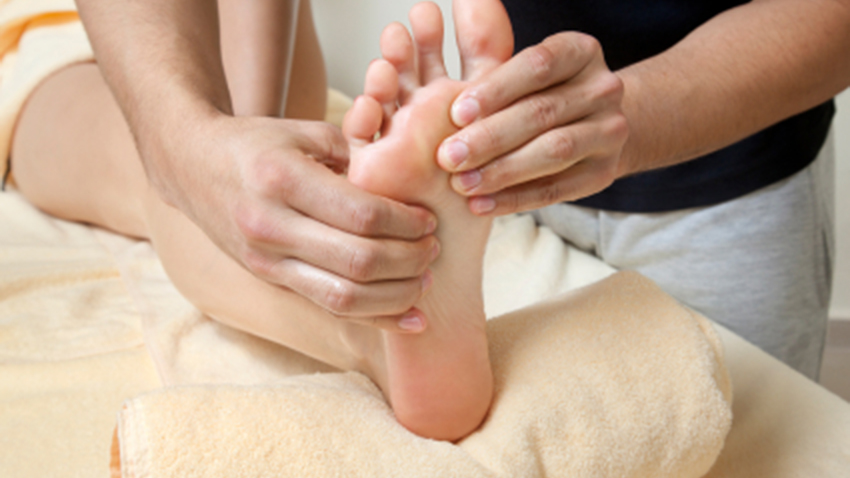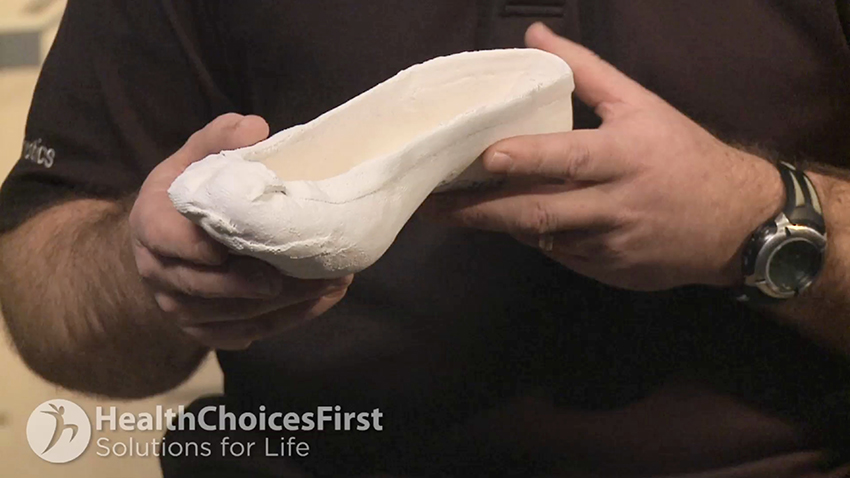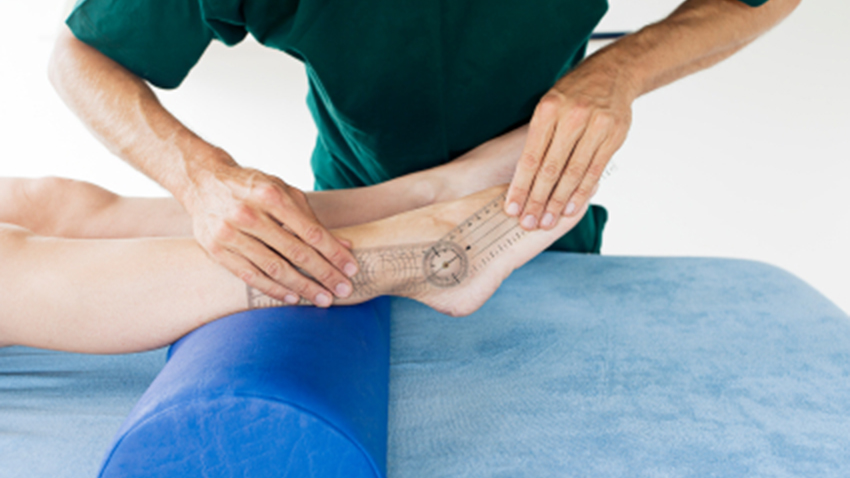Chronic Disease Education
Acute Condition Education
Working with your Family Physician
Working with Allied Care Providers
Foot Health

Knowledge is Power.
True/False - Quiz: Do You Understand Foot Health?
Information - Foot Health
 Your feet have a big job every day, supporting your weight and absorbing the shock from every step you take. That’s why it’s essential to take good care of your feet so that they can stay flexible and functional. Each foot has 26 bones and hundreds of ligaments, muscles and tendons.
Your feet have a big job every day, supporting your weight and absorbing the shock from every step you take. That’s why it’s essential to take good care of your feet so that they can stay flexible and functional. Each foot has 26 bones and hundreds of ligaments, muscles and tendons.
Types of Diabetic Foot Problems
People with diabetes may develop diabetic foot problems including diabetic retinopathy (nerve damage) and peripheral vascular disease (reduced blood flow to the feet). One of the main problems in patients with diabetes is decreased circulation. This leads to problems including nerve damage and peripheral vascular problems at the bottom of the feet and fingertips. If the damage gets severe enough, patients can't actually feel the bottom of their feet, so if they step on something that could hurt them, they might not actually feel it.
Prevention & Treatment of Diabetic Foot Problems
 People who have diabetes should be checking their feet every day on a regular basis as a routine to help maintain and prevent complications. Look for specially-designed diabetic socks, which are designed with reinforced toes, no seams and extra padding to help prevent pressure sores that might develop. Hydration is also a very important part of diabetic foot care, so make sure you're moisturizing your feet to avoid cracking of the soles and the heels, which take longer to heal if you have diabetes. If you do develop a diabetic sore, your physician will probably refer you to a specialist, because the wound will slower because of the circulation problems that can arise from diabetes.
People who have diabetes should be checking their feet every day on a regular basis as a routine to help maintain and prevent complications. Look for specially-designed diabetic socks, which are designed with reinforced toes, no seams and extra padding to help prevent pressure sores that might develop. Hydration is also a very important part of diabetic foot care, so make sure you're moisturizing your feet to avoid cracking of the soles and the heels, which take longer to heal if you have diabetes. If you do develop a diabetic sore, your physician will probably refer you to a specialist, because the wound will slower because of the circulation problems that can arise from diabetes.
Effective blood glucose management is also necessary for optimal foot health. If you have diabetes, it’s important to check your blood sugar levels as prescribed by your doctor. This will determine if you have low or high blood sugar and show you how your medication and lifestyle are affecting your blood sugar levels. The goal of blood glucose monitoring in diabetes is to keep your blood sugar as close to target range as possible in order to prevent diabetes complications.
 If you have a foot condition, your physician may refer you to a podiatrist for further diagnosis and treatment. A podiatrist is a physician who focuses on conditions of the feet and lower limbs. Your foot health treatment plan depends on the type and severity of your diabetic foot condition.
If you have a foot condition, your physician may refer you to a podiatrist for further diagnosis and treatment. A podiatrist is a physician who focuses on conditions of the feet and lower limbs. Your foot health treatment plan depends on the type and severity of your diabetic foot condition.
Talk to your endocrinologist if you'd like more information on foot health.
Visit HealthChoicesFirst.com for more videos and resources on diabetes.
Print this Action Plan and check off items that you want to discuss with your healthcare provider
-
People with diabetes may develop diabetic foot problems including diabetic retinopathy (nerve damage) and peripheral vascular disease (reduced blood flow to the feet).
-
One of the main problems in patients with diabetes is decreased circulation. This leads to problems including nerve damage and peripheral vascular problems at the bottom of the feet and fingertips.
-
People who have diabetes should be checking their feet every day on a regular basis as a routine to help maintain and prevent complications.
-
Look for specially-designed diabetic socks, which are designed with reinforced toes, no seams and extra padding to help prevent pressure sores that might develop. Hydration is also a very important part of diabetic foot care, so make sure you're moisturizing your feet to avoid cracking of the soles and the heels, which take longer to heal if you have diabetes.
-
Effective blood glucose management is also important in order to avoid diabetes-related complications. If you have diabetes, it’s important to check your blood sugar levels as prescribed by your doctor. This will determine if you have low or high blood sugar and show you how your medication and lifestyle are affecting your blood sugar levels.
